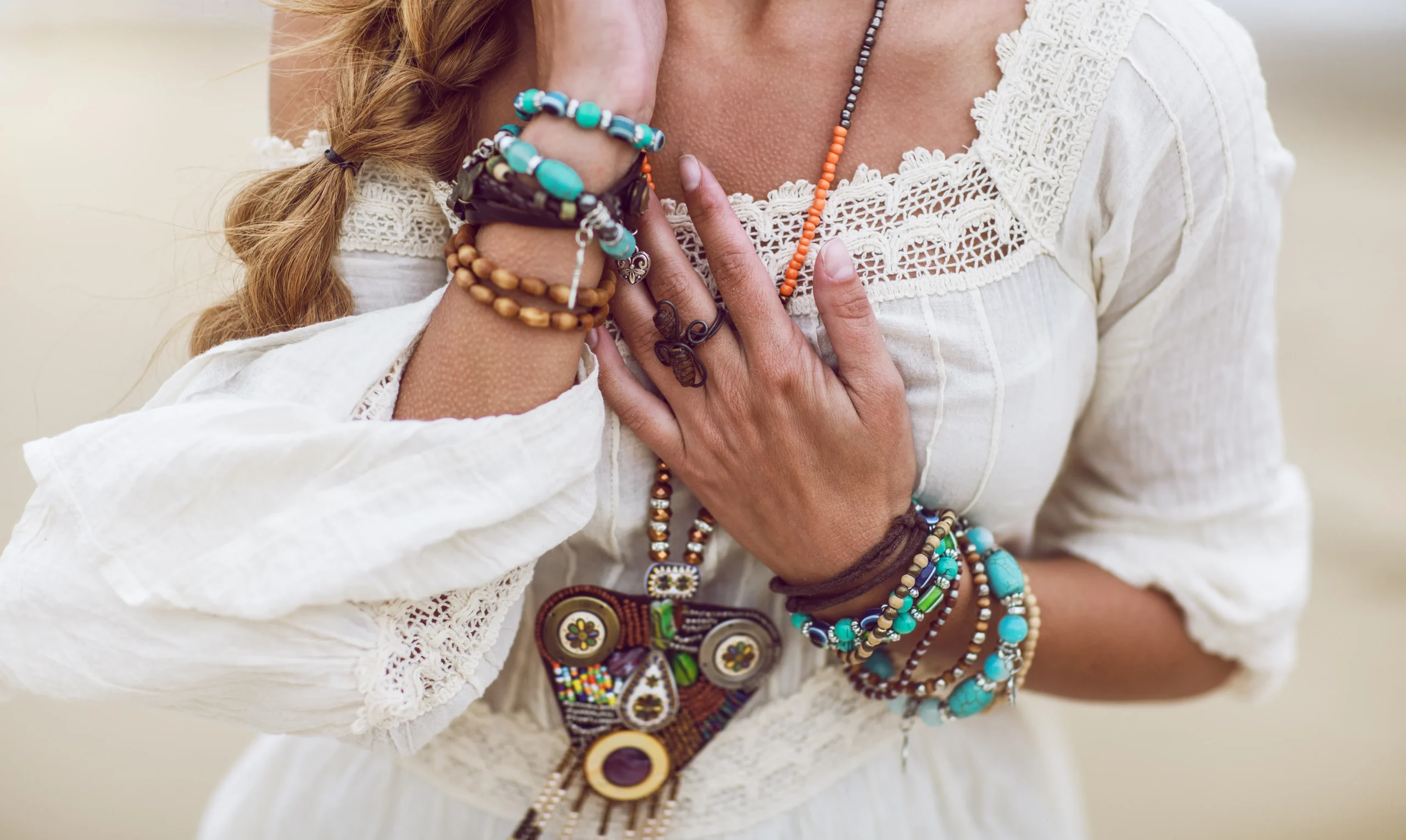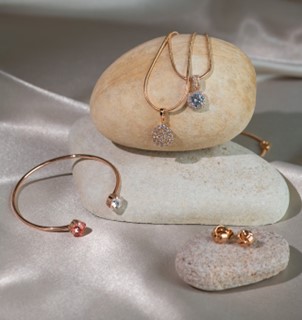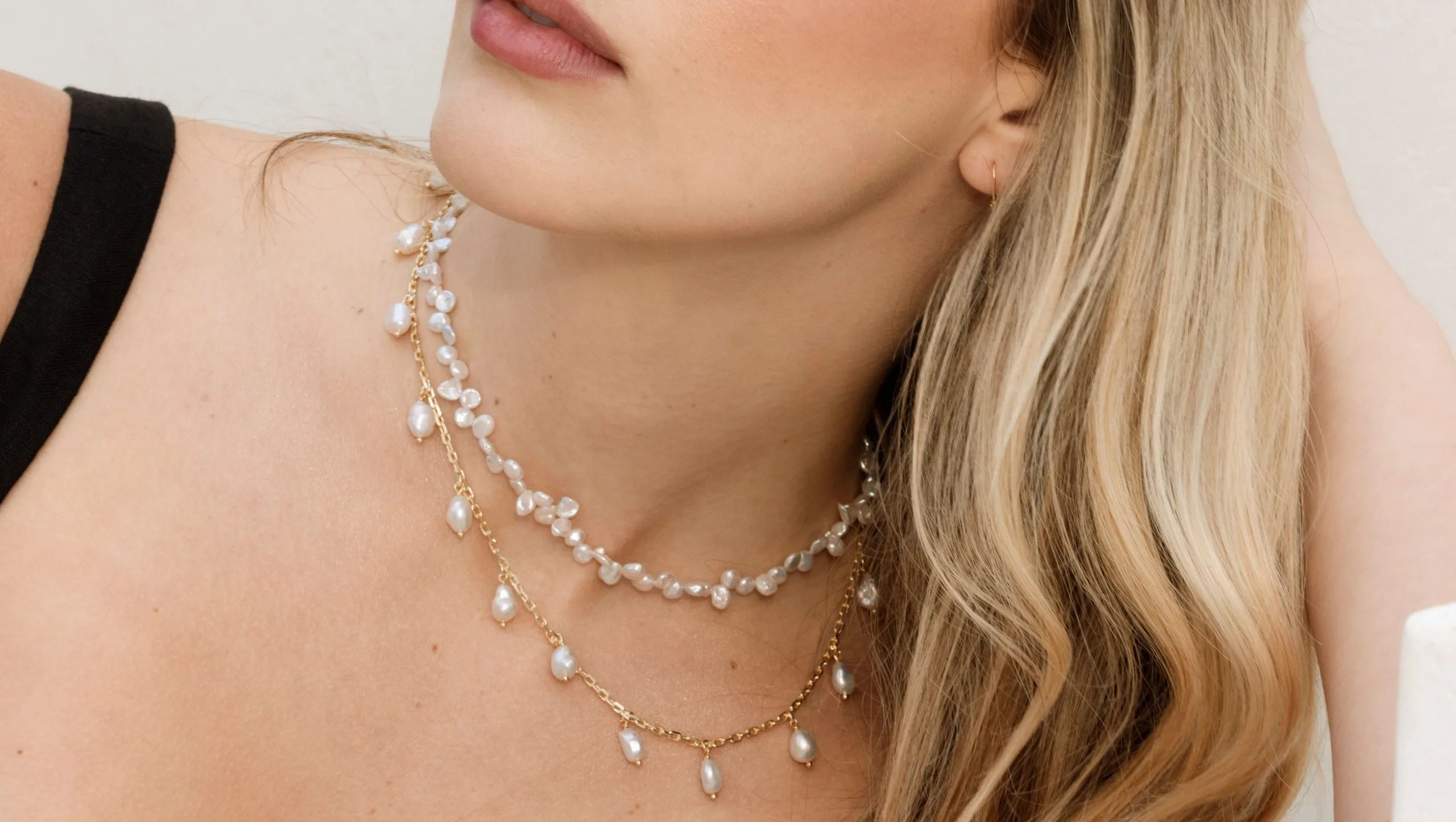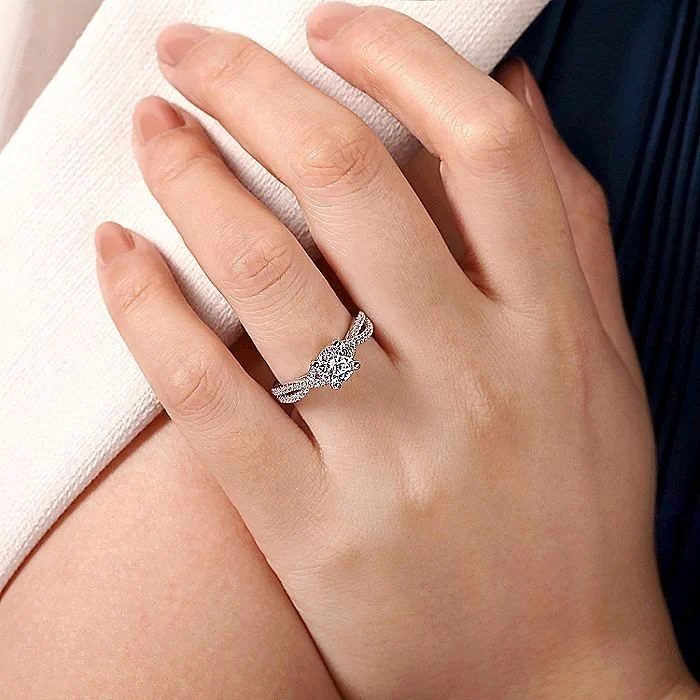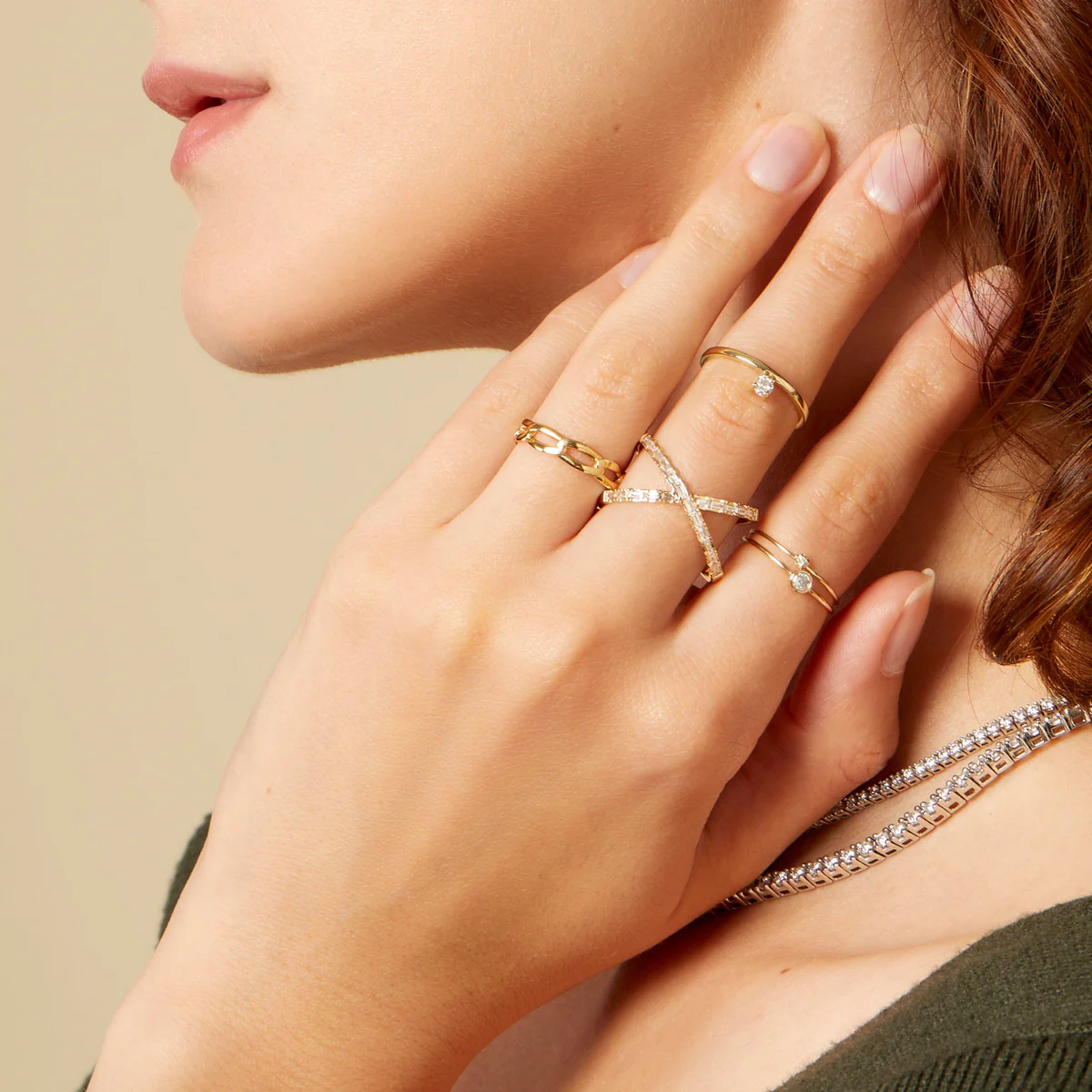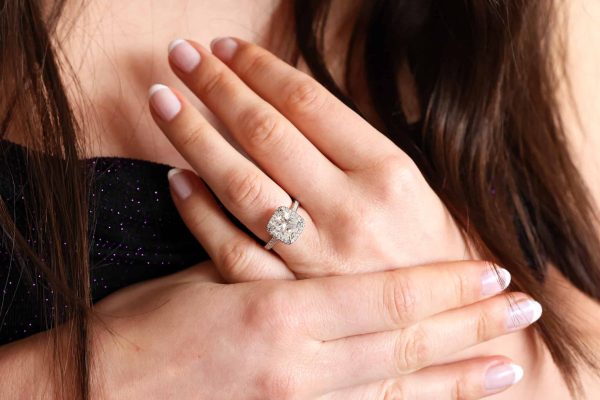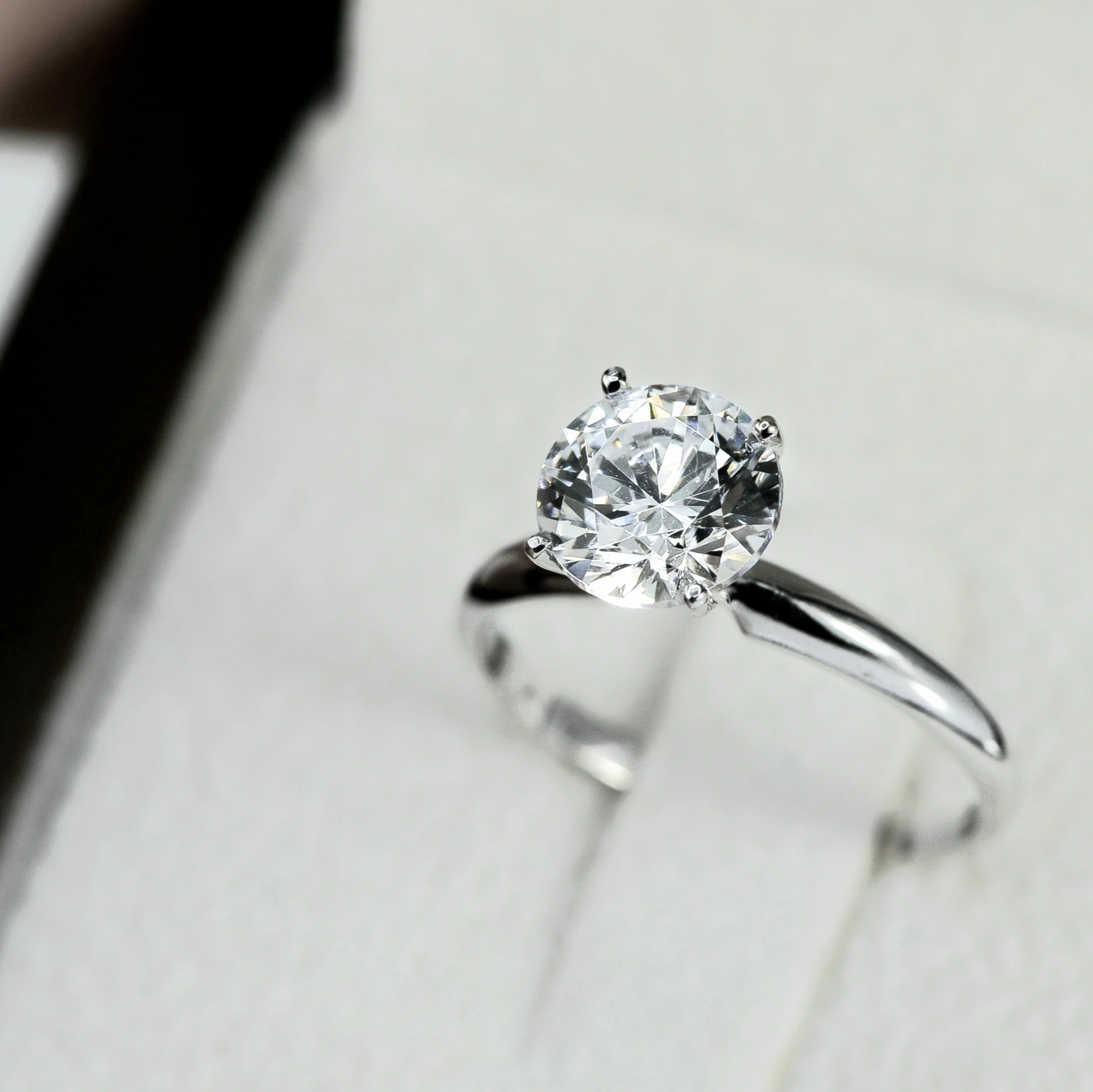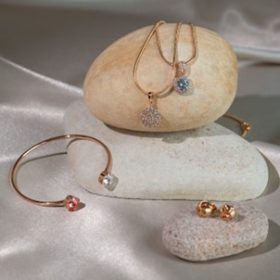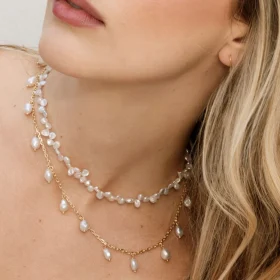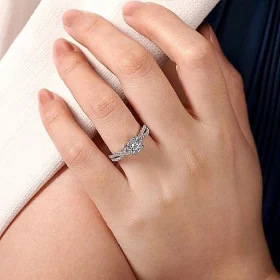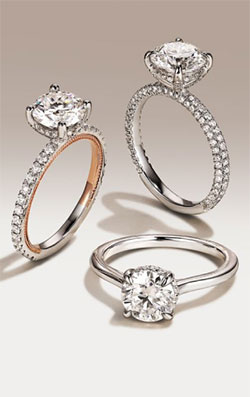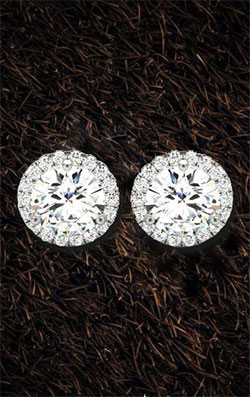Jewelry has been a form of adornment for thousands of years
It has been an integral part of human culture for millennia, transcending the mere adornments to the symbol of status, wealth, and luck.
From the earliest civilizations that crafted simple beads from natural materials to the sophisticated techniques and dazzling designs of the modern era, jewelry’s evolution reflects the broader currents of human history.
As we explore the journey of jewelry through the ages, we uncover the artistry and innovation of each period and the social, cultural, and technological changes that shaped its development.
The Evolution of Jewelry: From Antiquity to Contemporary Styles
Ancient Times: Symbolism and Status
Mesopotamia and Egypt
The cradle of civilization, Mesopotamia, and the majestic civilization of Egypt provide some of the earliest records of jewelry-making, dating back to 5000-3000 BCE.
Mesopotamian artisans excelled in creating intricate silver, gold, and gemstone pieces. Jewelry served both aesthetic and functional purposes, including protection against evil spirits.
On the other hand, Egyptians are famed for their gold jewelry, often embellished with semi-precious stones like lapis lazuli, turquoise, and carnelian.
Egyptian jewelry’s symbolism was profound, with motifs such as the ankh representing life and the scarab symbolizing rebirth.
Indus Vally and China
In the Indus Valley, jewelry dating from around 2600-1900 BCE includes necklaces, earrings, and bracelets crafted from gold, copper, and semi-precious stones.
In ancient China, jade was highly prized and used extensively in jewelry for its protective qualities. Both cultures used jewelry not just for adornment but also to display wealth and social status.
Greece and Rome
Greek and Roman jewelry, influenced by their rich mythologies and artistic traditions, added new dimensions to jewelry designs.
The Greeks favored intricate designs with filigree and granulation techniques, often depicting gods, animals, and floral motifs.
Borrowing heavily from Greek designs, Roman jewelry introduced innovations such as large gemstones and the widespread adoption of rings and cameos.
Jewelry in these cultures was a clear indicator of social status and wealth.
Medieval to Renaissance: Craftsmanship and Innovation
Medieval Period
The medieval period, roughly from the 500th to the 1500th centuries, was a significant time of European cultural and social transformation.
The era, divided into distinct phases, saw the evolution of jewelry designs influenced by different cultures, religions, and emerging artistic styles.
The Dark Ages
The Dark Ages, followed by the fall of the Roman Empires, were marked by turmoil and migration.
Jewelry from the medieval period was often simple but highly symbolic, reflecting the fusion of Roman, Christian, and barbarian cultures.
Gold and garnet were popular materials, with cloisonné (an ancient technique for decorating metalwork objects) being prominent.
Brooches, fibulae (a type of brooch), and belt buckles were common. They often featured intricate geometric patterns and animal motifs, symbolizing protection and power.
Early Middle Ages
Early Middle Ages jewelry became more diverse as many Germanic tribes established their own distinctive styles.
People of these tribes valued personal adornment highly, wearing elaborate jewelry that signified wealth and status.
Common items included brooches, rings, bracelets, and necklaces. The Sutton Hoo treasure, discovered in England, provides a striking example of Anglo-Saxon craftsmanship, featuring gold and garnet cloisonné work.
Byzantine Empire
The Byzantine Empire, inheriting the Roman Empire’s legacy, continued the opulent and intricate jewelry traditions.
The use of gold, enamels, and various precious stones characterized Byzantine jewelry.
In this era, religious themes dominated, with the many pieces featuring Christian infographics such as crosses and saints’ images in the necklaces being a common sight.
In addition, women of that time used to wear snake-shaped or new bangle bracelets to adorn their wrists.
Rings were also famous jewelry pieces of the time and were worn throughout the empire.
The Byzantine people also excelled at using materials like cloisonne and filigree, creating highly detailed and colorful pieces that reflected the wealth and sophistication of their empire.
Islamic Jewelry
Islamic jewelry, spanning from the 7th century onward, profoundly influenced medieval European designs.
Islamic artisans were renowned for their intricate metalwork, enameling, and use of geometric and floral patterns.
Jewelry from the Islamic world often featured calligraphy and motifs drawn from nature. In accordance with religious principles, it avoided depicting human or animal figures.
The trade routes established by Islamic merchants facilitated the exchange of materials and techniques, enriching the jewelry traditions of medieval Europe.
Romanesque Jewelry
The Romanesque period saw the rise of feudalism and the establishment of strong Christian communities.
Jewelry from this era often featured religious themes and was used to signify piety and devotion.
Reliquaries (containers for holy relics) were adorned with precious metals and gems, reflecting the Church’s wealth and influence.
The use of cabochon (a gemstone that has been shaped and polished as opposed to faceted) settings became common, and cloisonné enamel continued to be popular.
Gothic Jewelry
The Gothic period, beginning in the 12th century, brought about significant changes in art and architecture, which were also reflected in jewelry design.
Gothic jewelry was characterized by its elaborate and delicate forms, often incorporating elements of Gothic architecture, such as pointed arches and intricate tracery.
Religious motifs remained prevalent, with a particular emphasis on the Virgin Mary and saints. Gemstones were set in openwork designs, allowing light to enhance their natural beauty.
Late Gothic
In the Late Gothic period, jewelry became increasingly sophisticated and ornate. The rise of wealthy merchant classes led to a greater demand for luxurious adornments.
Techniques such as engraving, enameling, and using precious stones reached new heights of refinement.
Portraiture became popular, with miniature portraits set in lockets or rings.
The Burgundian court, known for its opulence, set trends across Europe and influenced jewelry designs with its intricate and lavish styles.
Renaissance Period
The Renaissance period, which spanned the 14th to 17th centuries, marked a significant revival of art, culture, and science, deeply influencing jewelry designs.
This era is known for its emphasis on classical antiquity, which brought a renewed interest in the Greek and Roman cultures that highly impacted jewelry.
The jewelry of the Renaissance era was characterized by intricate craftsmanship, elaborate designs, and the use of precious metals.
The jewelers of that time employed advanced techniques such as enameling, gemstone cutting, and repoussé (embossing metal).
Gemstones were prominently featured in Renaissance jewelry, including diamonds, rubies, emeralds, and sapphires.
These stones were often cut in cabochon or table-cut styles, which were popular before the advent of modern faceting techniques.
Pearls, considered symbols of purity and wealth, were also widely used, adorning necklaces, earrings, and brooches.
Baroque and Rococo
The Baroque period of the 17th century was characterized by its dramatic, elaborate, and extravagant designs.
Jewelry from this time often featured bold, three-dimensional forms with intricate detailing and a profusion of gemstones.
The subsequent Rococo period introduced lighter, more playful designs, emphasizing asymmetry and naturalistic themes, such as flowers, leaves, and shells.
Georgian Era Jewelry
The Georgian era, named after the British monarch George I through Geroge IV, was marked by the lavishness, grace, and elaborated craftsmanship of jewelry design.
The jewelry from this period often featured complex and hand-crafted designs with a strong emphasis on symmetry and balance.
Artisans used a variety of precious metals, primarily gold, and incorporated an array of gemstones, including diamonds, emeralds, rubies, and sapphires.
One of the distinctive features of Georgian jewelry was the closed-back setting, in which the back of the gemstones was enclosed in metals, often with a foil backing, to enhance their elegance.
This technique gave gemstones a new elegant and luminous quality.
Popular designs included floral and nature-inspired motifs and symbolic themes like love and eternity, often represented by serpents, hearts, and knots.
Georgian jewelry also saw the rise of intricate enamel work and paste gems, which were glass stones that mimicked the appearance of precious gems. Earrings, brooches, necklaces, and hair ornaments were commonly worn, with a particular fondness for elaborate parures—matching jewelry sets.
Despite the technical limitations of the time, Georgian jewelers achieved remarkable artistry and craftsmanship, making their creations highly prized both in their day and in modern times.
Victorian Era Jewelry
Queen Victoria reigned from 1837 to 1901, and this era experienced significant shifts in the jewelry trends.
The Queen herself was a major influence on jewelry trends, and her tastes set the era’s tone.
This period is often divided into three phases:
- Early Victorian Period or Romantic Period
- Mid-Victorian Period or Grand Period
- Late Victorian Period or Aesthetic Period
Early Victorian jewelry was characterized by themes of love and sentiments, with designs featuring hearts, flowers, and serpents that symbolized love and commitment.
The use of gold and colored gemstones, such as amethyst, turquoise, and garnet, was prevalent.
Mourning jewelry became particularly significant during the mid-Victorian period following Prince Albert’s death in 1861.
This led to the popularity of jet, black enamel, and onyx in somber, reflective designs.
Brooches, lockets, and rings often contained hair or portraits of the deceased, serving as personal mementos.
The Late Victorian period saw a return to lighter, more whimsical designs influenced by the Aesthetic Movement.
This phase embraced various materials, including silver and semi-precious stones, and featured naturalistic motifs like birds, insects, and flowers.
The Industrial Revolution also brought advancements in jewelry manufacturing, making intricate designs more accessible to the middle class.
Victorian jewelry remains celebrated for its diversity, emotional depth, and skilled craftsmanship, which defined an era of profound change and innovation.
20th Century: Modernism and Beyond
Art Nouveau and Art Deco
The turn of the 20th century witnessed the emergence of the Art Nouveau movement, characterized by flowing lines, organic forms, and the use of unconventional materials such as glass.
This was followed by the Art Deco movement in the 1920s and 1930s, which embraced bold geometric shapes and vibrant colors and used platinum and Bakelite.
Art Deco jewelry reflected the modernity and glamour of the era, with designs inspired by the industrial age and exotic cultures.
Mid-20th Century and the Contemporary Trends
The mid-20th century saw the rise of costume jewelry, making stylish adornments accessible to a broader audience.
Designers like Coco Chanel popularized the mixing of fine and costume jewelry, encouraging a more flexible approach to fashion.
In the latter half of the century, minimalist and abstract designs, which focused on simplicity and elegance, gained popularity.
Today, jewelry continues to evolve, blending traditional craftsmanship with modern technology.
Advances in 3D printing, laser cutting, and sustainable materials are reshaping the industry.
Personalized jewelry, often featuring birthstones or engraved messages, has become increasingly popular, reflecting a desire for unique and meaningful pieces.
Final Thoughts
The history of jewelry is a fascinating journey through time, showcasing the artistry, innovation, and cultural significance of this timeless adornment.
From the symbolic and status-laden pieces of ancient civilization to today’s personalized and innovative designs, jewelry remains a beloved and enduring expression of human creativity and identity.
It will be exciting to see how new technologies and trends continue to shape this ever-evolving art form as we look to the future.
For those who appreciate beauty and craftsmanship, Fine Jewelry and Gemstones offers an exquisite collection that spans the spectrum of ancient and contemporary designs.
Therefore, explore our collection and find the perfect piece to add to yours.
Frequently Asked Questions
Ancient jewelry materials varied widely depending on the civilization and era. Common materials include gold, silver, copper, bronze, and gemstones such as lapis lazuli, turquoise, carnelian, shells, bone, and ivory.
Jewelry styles evolved significantly across history, influenced by cultural, social, and technological developments. For example, ancient Egyptian jewelry often featured symbolic motifs and intricate designs, while Renaissance jewelry embraced elaborate gem settings and intricate metalwork.
Art Nouveau jewelry, popular from the late 19th to early 20th century, emphasized natural forms, flowing lines, and unconventional materials such as enamel and glass. Designs often featured motifs inspired by nature, including flowers, insects, and other organic shapes, reflecting a departure from the more rigid styles of the Victorian era.





